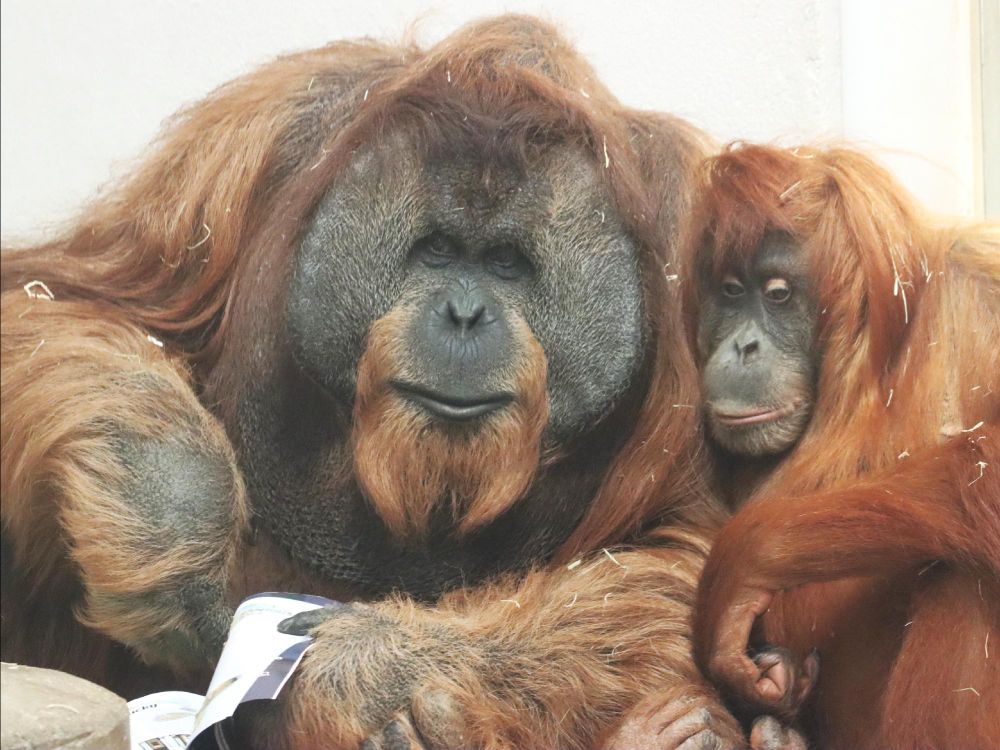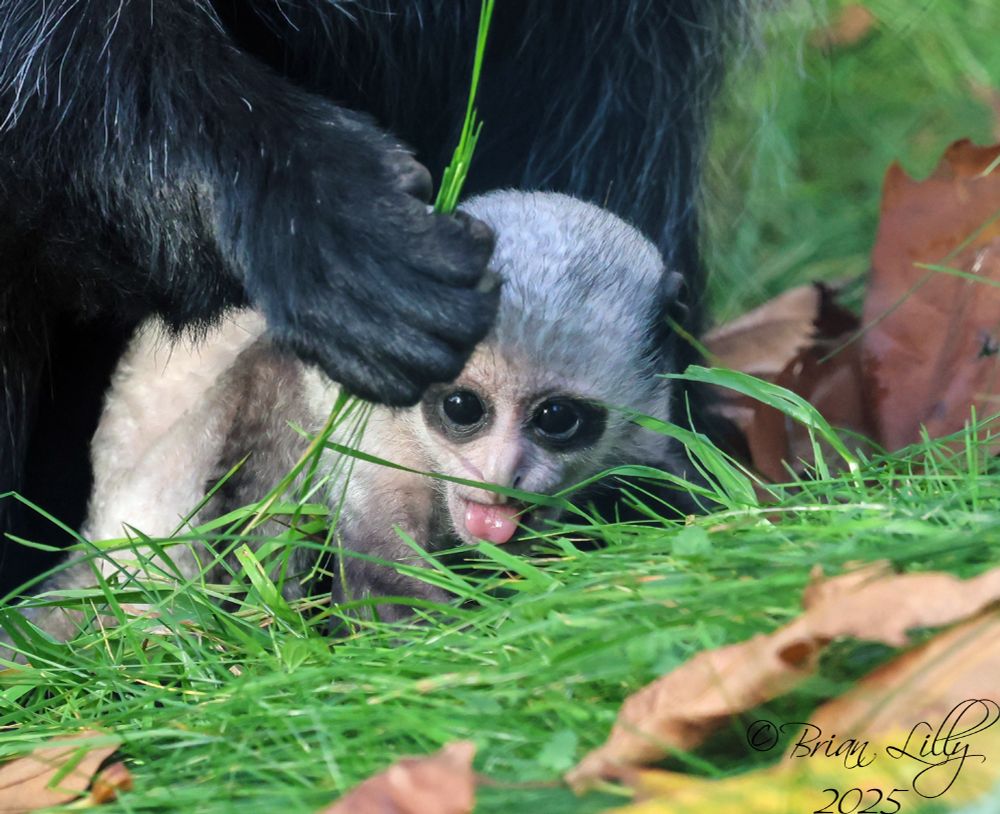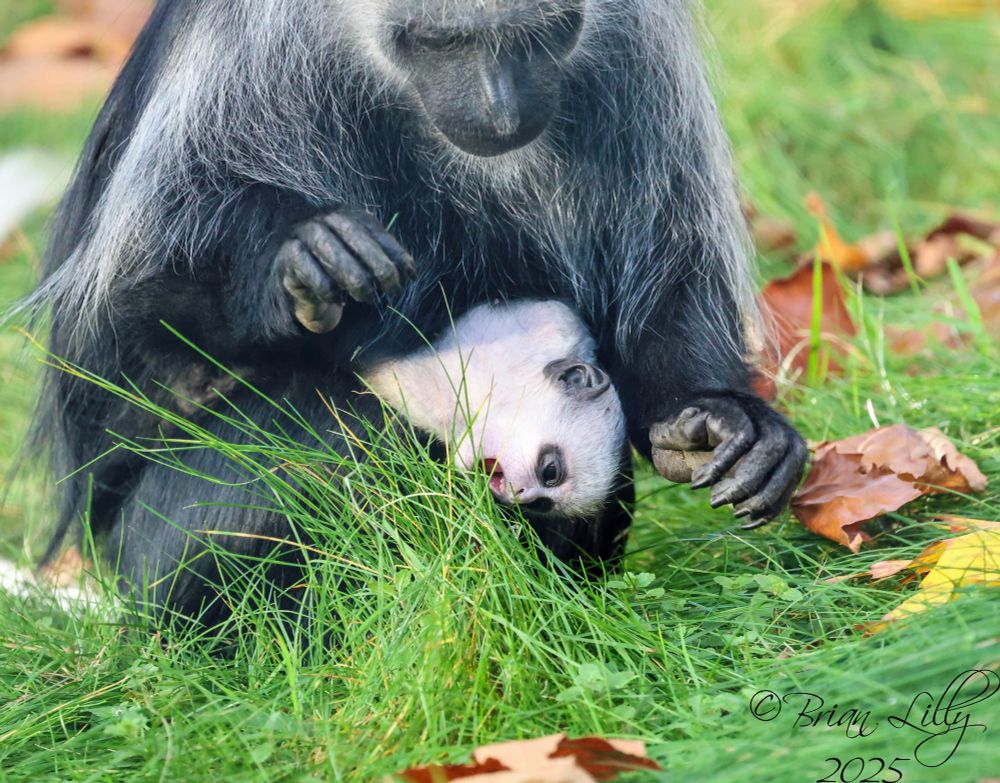



youtu.be/J6pwSmDSeYs

youtu.be/J6pwSmDSeYs







Want to support Diademed Sifaka's like this one? Donate here: conservationallies.org/partners/mit...
📷: Tom Junek

Want to support Diademed Sifaka's like this one? Donate here: conservationallies.org/partners/mit...
📷: Tom Junek




📷: Deb Bradley

📷: Deb Bradley






youtu.be/VPKOzmDropA

youtu.be/VPKOzmDropA




Orangutan Caring Week reminds us how special these great apes are.




Orangutan Caring Week reminds us how special these great apes are.






